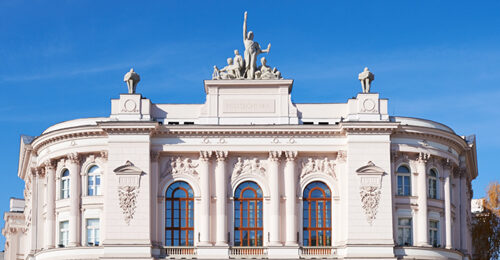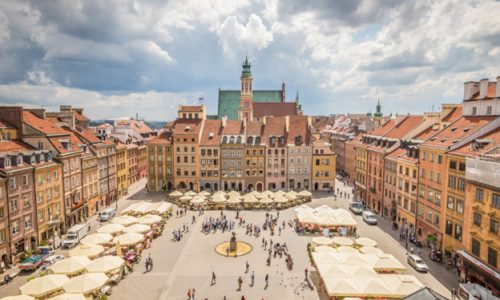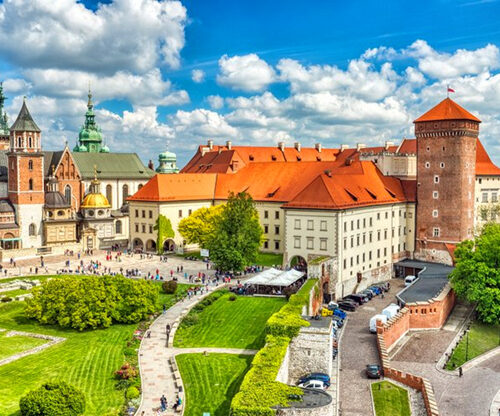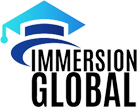@Warsaw University of Technology, Warsaw, Poland where the most cited researchers in the world went to.
Established in 1895, the Warsaw University of Technology is an academic institution of higher learning, shaping the future social elites ― educated people with a broad outlook on the world, conscious of their own views but also understanding and respecting the world views of others. The University gives shape to the minds of its student, forges their characters, awakens in them the kind of creative attitudes engineers should display, furnishing them not only with knowledge but also with skills. Working uninterruptedly, the University has been producing generations of graduates and has had an increasing number of scientific and technical achievements.
It is the best technical university in Poland; in the ranking of Polish universities, it has taken the first place in its category for fifteen years. At Warsaw University of Technology, over 160 student research groups, organizations and associations are active, and the educational offer includes many fields of study (also with English as a medium of instruction).
The Warsaw University of Technology, recognized around the world, is steadily increasing its contribution to international educational and research projects. The mission of the Warsaw University of Technology always remains the same: The knowledge and skills imparted to its students and the scientific studies it conducts must always serve Man and Mankind.

Introduction to robotics*
The main goal of the course is to deliver the basic knowledge about robotics and its subfields.
The subject of the first part of the lecture is to present the historical facts and basics with selected specific issues of robotics. The students will learn the basic terminology and will be familiarised with past and current industrial and research trends in the field of robotics. The robots motion synthesis and design using biological inspirations will be outlined together with the examples of bio-inspired robots. The human motion principles and humanoids motion synthesis will be especially emphasised. The future developmental trends of the robotics will be finally introduced. The contents of robotics program offered by WUT will be explained.
Immersion Program : Course summary
Basic students’ skills required:
Interest in engineering, basic technical knowledge
Project (5hrs): Students are expected to propose their own concept of biologically inspired robot.
*The course contents may be modified (if necessary)

Program Highlights:
The proposed courses (summer schools) will be conducted by the Faculty of Power and Aerospace Engineering
One lecture hour includes 45 minutes of lecture and 15 minutes break. One laboratory hour includes 60 minutes of classes.
Courses are conducted in English
Wonderful Warsaw
Standing on the River Vistula, Warsaw is the capital and largest city of Poland. Warsaw offers so many things to do and see and has everything you want when you’re going on a city break; incredible landmarks; beautiful old town streets and squares; lively parks and gardens; cool museums; hearty local food; vibrant nightlife.
The Old Town is the oldest part of Warsaw — the King’s Castle and its surrounding walls were built in the 13th century. Most of the area was destroyed by the Nazis during World War II but was meticulously rebuilt — a project that was finally completed in the 1980s and earned a place on the UNESCO World Heritage List. Today it is a lively place full of galleries, cafés and restaurants.
With stunning modern buildings alongside pre-war architecture, there’s no denying that Warsaw is one good-looking (and interesting) city. While some landmarks were reconstructed like the Old Town and Royal Castle, you can also find historic buildings that had survived the war like the Wilanow Palace. Other important landmarks like the Palace of Culture and Science were built after the war and they are breathtaking beauties that you wouldn’t want to miss.
Church of St. Martin (Kościół św. Marcina), Old Town Market Square (Rynek Starego Miasta), Royal Łazienki Park, Royal Route, Palace of Culture and Science, Warsaw Uprising Museum, Tomb of the Unknown Soldier, Warsaw Uprising Monument, Copernicus Science Centre are some of the must do’s in Warsaw. Krakow & Auschwitz are places to see.


